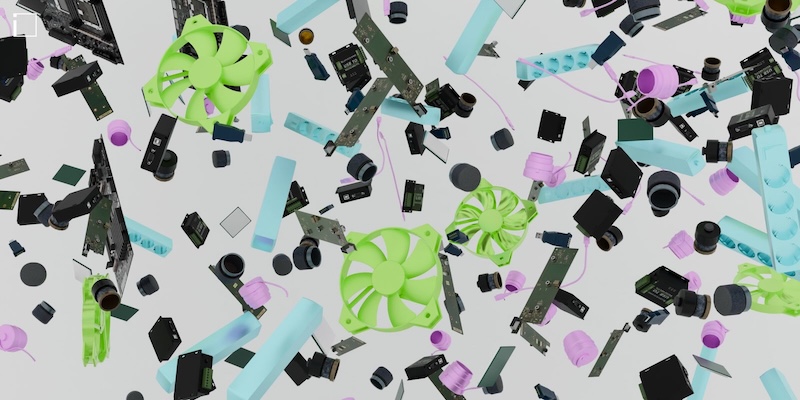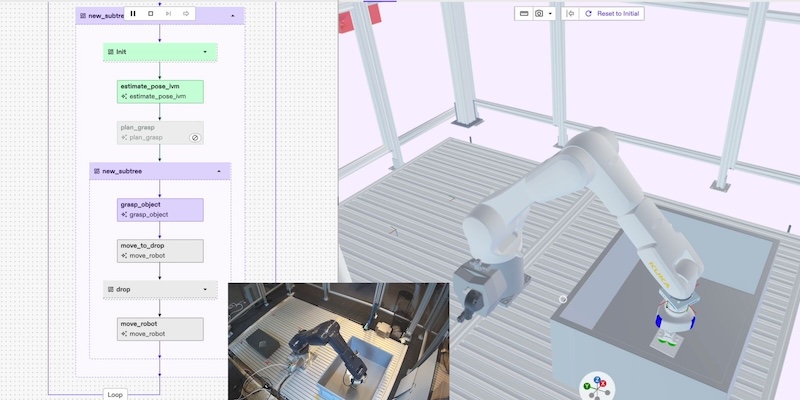Intrinsic AI, the robotics software and AI business unit of Alphabet, parent company of Google, has announced its first “AI for Industry” developer challenge and introduced its industrial-grade perception foundation model, the Intrinsic Vision Model (IVM). The developments aim to accelerate robot automation in real-world manufacturing environments.
The challenge, focused on electronics assembly, will give participants access to “open source tools including Gazebo or other powerful simulation engines like … Nvidia’s Isaac Sim” and a production-workcell at Intrinsic’s facility.
It is scheduled to officially kick off on February 11, 2026, with registration closing April 17, 2026.
At the core of the announcement is the Intrinsic Vision Model (IVM), which is described as a “state-of-the-art, industrial-grade foundation model that leverages an expanding set of specialised transformers for everything from pose detection to tracking, segmentation and point cloud generation.”
At ICCV 2025 the model reportedly “placed first in seven of the eleven BOP benchmark challenges, spanning industrial objects as well as more general household items”.
Intrinsic highlights three major capabilities of IVM:
- first, the model is “CAD-native” and able to deliver high levels of performance in real-world industrial use;
- second, it supports “sub-millimetre accuracy” without requiring application-specific retraining; and
- third, it can operate using standard RGB cameras in place of pricey depth-sensing hardware, reducing hardware costs by a factor of five to twenty.
The company asserts that the combination of simulation, foundation models and a developer-oriented ecosystem creates a practical pathway from research to deployment.
The blog post notes that manufacturing sectors from aerospace to healthcare face persistent robotics challenges such as “the ability to see, grip and insert cable connectors accurately, with just the right amount of force”.
The challenge will focus on tasks that progress “from cable insertion to cable management” as representative of real-world factory use-cases.
Intrinsic appears to position the programme as an invitation to developers, manufacturers and integrators to build autonomous robotic solutions using tools they know.
The firm says the initiative is aimed at “democratising robotics development: enabling more businesses, manufacturers and developers to build robot solutions using tools they know, and more easily integrate physical automation”.
For robotics and automation news watchers, the new challenge and the IVM model mark a potentially significant moment. Intrinsic’s roots inside Alphabet and its co-operative relationship with the broader AI and robotics ecosystem give it a strong platform.
If the developer challenge drives meaningful participation and the IVM model proves robust in industrial deployments, it could widen access to advanced robotic automation – and generate compelling case-studies for coverage.
In an industry where simulation-to-reality, modular automation and high-precision perception are increasingly pivotal, Intrinsic’s initiative offers an encouraging signal.
For those tracking automation news, it is worth keeping an eye on how the challenge unfolds, what form the winning solutions take, and how the IVM is applied in real production contexts.


